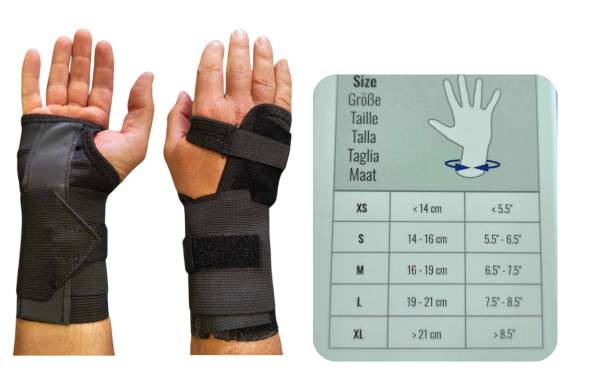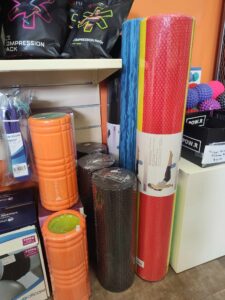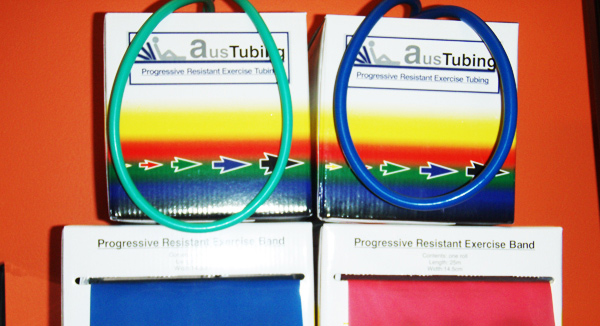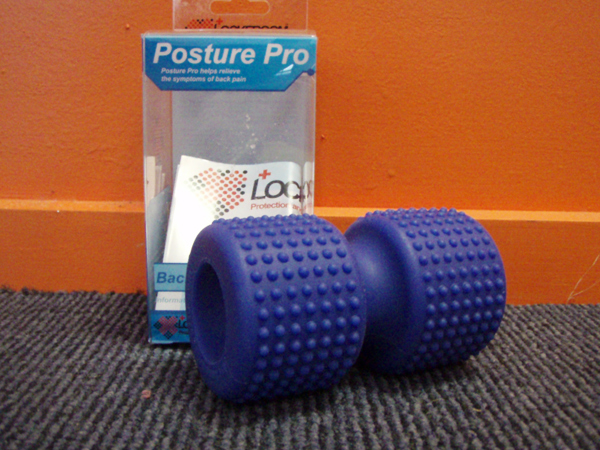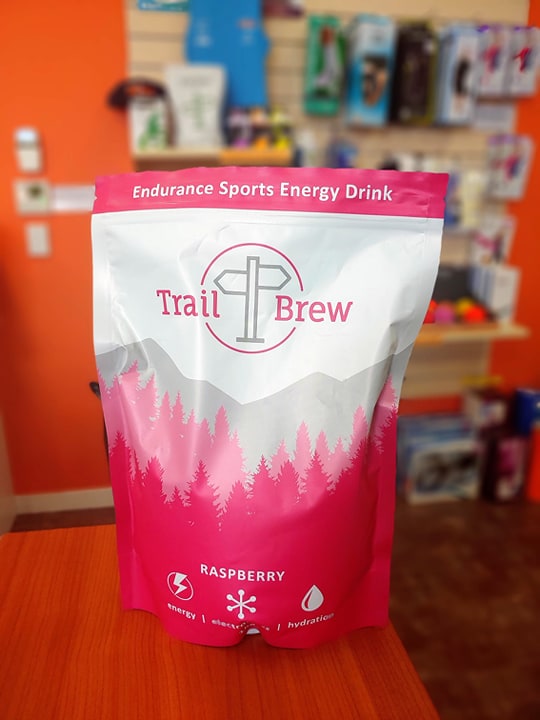Best Practice Warm-Up Protocols for Gymnasts
By Physio Hannah Bennett
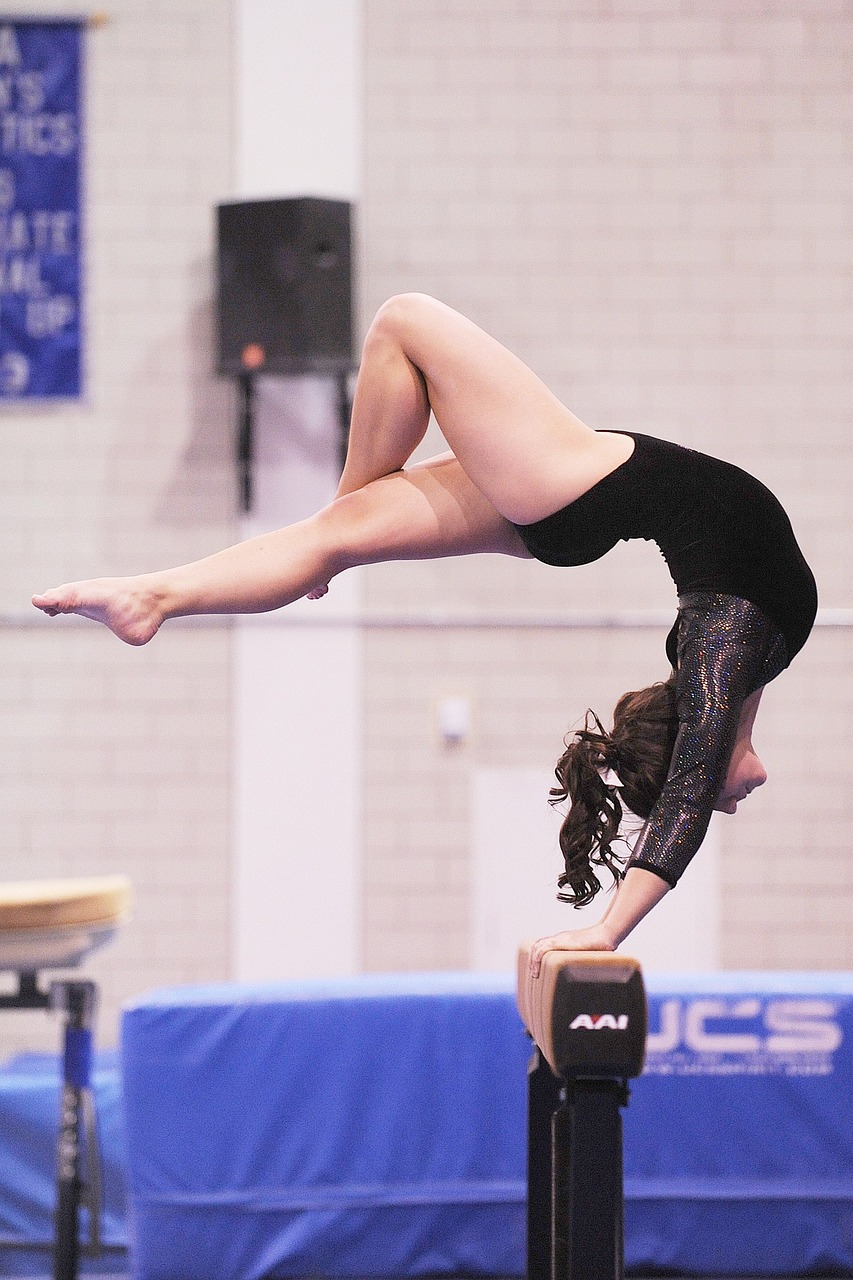
As a Physiotherapist and Ex-Gymnast, I understand the critical role a proper warm-up plays in reducing the risk of injuries and maximising performance for gymnasts. Warm-ups should be structured to prepare the body (and brain) for the intense physical demands of gymnastics as a sport- which requires flexibility, strength, and coordination.
Here is a breakdown of an effective warm-up protocol specifically designed for gymnasts:
1. General Warm-Up
Start with light aerobic activity to increase heart rate and circulation of your blood to prepare for delivery of oxygen to working muscles. This prepares the body for more intense movements.
Consider activities such as:
● Jogging or Skipping
● Jumping
● Dynamic (movement) Stretching
2. Dynamic Stretching
Dynamic stretches help increase flexibility while warming up the muscles in a functional, sport-specific way. Focus on movements that engage all major muscle groups and mirror the actions of gymnastics.
Some examples include:
● Arm circles and shoulder swings to prepare the upper body for overhead movements.
● Leg swings and hip openers to mobilise the lower body and improve flexibility for splits or leaps.
● Torso Twists to loosen the spine, which is essential for twisting and rotating in gymnastics.
3. Muscle Pattern Activation Exercises
Activation exercises target key muscle groups used in gymnastics to ensure proper muscle function.
These exercises should focus on:
● Core activation: Planks, dead bugs, and leg raises.
● Glute activation: Glute bridges, clamshells, or squats.
● Shoulder stability: Band pull-aparts or shoulder presses. These exercises help ensure proper neuromuscular activation, reducing the risk of injury.
4. Sport-Specific Drills
At this stage, gymnasts should focus on movements that mimic the specific skills they will be performing. This helps engage the muscles used in gymnastics and primes them for higher-intensity moves.
Examples include:
● Handstands or handstand holds to activate the core and shoulders.
● Cartwheels or round-offs to engage the wrists, shoulders, and legs.
● Jump drills to prepare the lower body for landing techniques.
5. Progressive Skill Work
For gymnasts practising more advanced skills, starting with a slower, controlled version of the skill is essential. Gradually increase the intensity and complexity of the skills. For instance:
● Start with slow, controlled tumbling sequences before attempting full-speed runs or routines.
● Use spotting or safety equipment when performing higher-risk moves to ensure safety during skill progression.
Conclusion
A well-rounded warm-up protocol is essential for gymnasts to perform at their peak while minimising the risk of injury. By incorporating general warm-ups, dynamic stretches, sport-specific drills, and muscle activation, gymnasts can ensure their bodies are fully prepared for the physical demands of training or competition.
Warm Up Right, Perform Your Best, and Aim To Stay Injury-Free!

